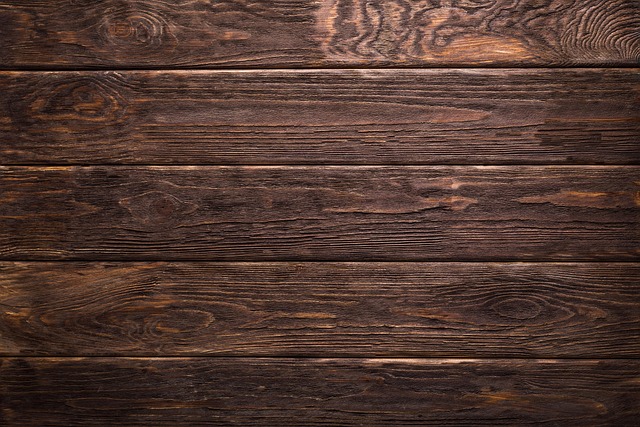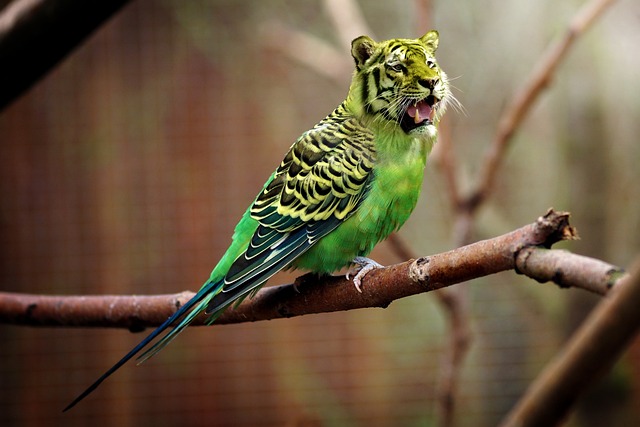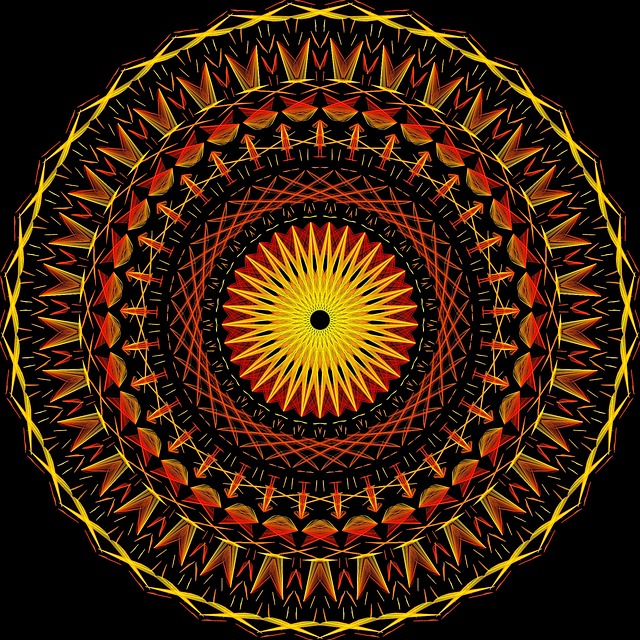The exploration of texture in fine arts presents an intricate tapestry where culture and art graphics intertwine seamlessly. Texture, in the context of visual arts, transcends mere surface quality; it resonates with emotional depth, inviting viewers into a multi-sensory experience that is both intimate and reflective. From the smooth strokes of oil paints to the roughness of clay sculpture, texture provides an avenue for artists to express their cultural narratives and evoke feelings that words alone cannot communicate.
Throughout history, different cultures have employed unique textural techniques to convey their stories. For instance, in African art, woven fabrics and beadwork showcase a tactile richness that speaks volumes about community and heritage. The lush textures of these works not only catch the eye but also engage the viewer’s hands, reminding us that art is a tactile experience. Similarly, in Japanese ink painting, the application of texture through brushwork creates a sense of depth and movement that reflects the spirit of nature, allowing the observer to feel the ebb and flow of life.
Modern graphics art has also embraced texture, blending traditional practices with digital innovations. Artists today utilize various tools and software to create layers of texture that simulate real-world materials. This fusion fosters a dialogue between the digital and the tangible, where textures can be manipulated to enhance visual storytelling. Graphic designers often incorporate a mix of textures, from gritty urban surfaces to organic materials, crafting visuals that resonate with contemporary culture.
Incorporating texture in graphic design adds another dimension to the viewer’s interaction with art. It evokes emotions, setting the mood and tone of the artwork. Whether a piece is gritty and raw or smooth and polished, the textures chosen are reflective of the artist’s intent and cultural background. It is through this lens that texture becomes a powerful tool in conveying deeper narratives, bridging the gap between the artist and the audience.
The art world’s fascination with texture opens up endless possibilities for artistic expression. It allows creators to draw from their surroundings, pulling inspirations from cultural artifacts, natural elements, and personal experiences. Every brush stroke, every digital layer, manifests a story that reveals the artist’s inner thoughts and community influences. Texture, therefore, is not just a visual element; it is a connector, linking personal history with cultural representation.
As we delve deeper into the study of texture in fine arts, it becomes clear that understanding its role enriches our appreciation of art in all its forms. It awakens our senses, inviting us to feel rather than just see. Each texture presents an opportunity to engage with art on a more profound level, reminding us of the diverse cultural tapestries that define our world. Embracing the textures that permeate our everyday lives ultimately enhances our understanding of the artistic endeavors that shape our cultural landscape.




